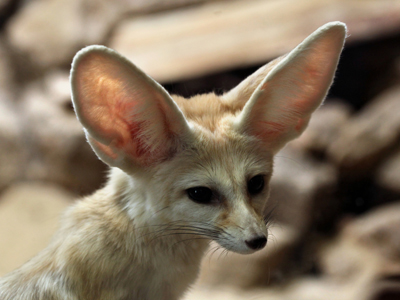
Physics - Rate of Heat Transfer
This Physics quiz is called 'Physics - Rate of Heat Transfer' and it has been written by teachers to help you if you are studying the subject at senior high school. Playing educational quizzes is one of the most efficienct ways to learn if you are in the 11th or 12th grade - aged 16 to 18.
It costs only $12.50 per month to play this quiz and over 3,500 others that help you with your school work. You can subscribe on the page at Join Us
Heat is thermal energy and can be transferred from one location to another by conduction through solids, convection in fluids and as heat rays (thermal radiation). Conduction and convection involve the movement of particles but thermal radiation involves the electromagnetic waves known as infrared. These travel at the same speed as other electromagnetic radiation - the speed of light. This makes radiation the fastest way for heat to move from one place to another. It is so fast that it only takes just over 8 minutes for heat to reach the Earth from the Sun, about 150,000,000 km away!
Ready for more?
not all...
quizzers. Try to win a coveted spot on our Hall of Fame Page.







